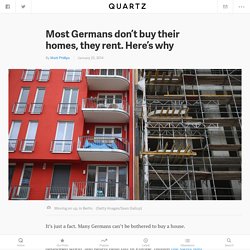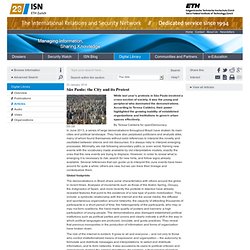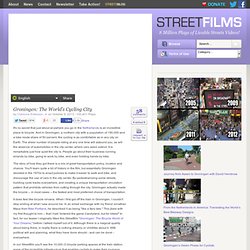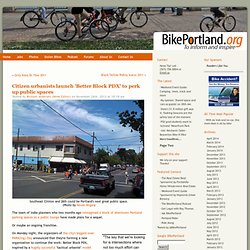

Most Germans don’t buy their homes, they rent. Here’s why - Quartz. Where do you see yourself in five years?

Tell me about a time when you showed leadership. What is your biggest weakness? These are the standard questions that job candidates face during interviews. And by now, everyone also has standard answers. (“My biggest weakness? As you scale to the upper rungs of the corporate ladder, you are unlikely to field such hackneyed queries. A first-rate résumé won’t help you now. “Would you rather be respected or feared?”
Michael Gregoire, CEO of CA Technologies, an IT management software company, admits that his favorite interview question is a bit Machiavellian. In theory, there is no right answer, but in practice the role they’re interviewing for determines which way the CEO leans. “Why are you here today?” It’s an incredibly open-ended question, but when he asks it in interviews, Gordon Wilson, CEO of Travelport, a UK-based, Nasdaq-listed software firm, is looking for a very specific answer. “What’s your biggest dream in life?” São Paulo: the City and its Protest. In June 2013, a series of large demonstrations throughout Brazil have shaken its main cities and political landscape.

They have also perplexed politicians and analysts alike, many of whom found themselves without solid references to interpret the novelty and oscillated between silence and old discourses. It is always risky to interpret emerging processes. Minimally, we risk following secondary paths or, even worst, framing new events with the vocabulary made available by old interpretative models, exactly the ones that the new events are trying to displace. However, in order to reveal what is emerging it is necessary to risk, search for new hints, and follow signs already available. Several references that can guide us to interpret the June events have been around for quite a while; others are new, but we can trace their lineage and contextualize them.
Global footprints The demonstrations in Brazil share some characteristics with others around the globe in recent times. Design with Community in Mind. The Klong Toey district of Bangkok is a typical Thai slum. Doors are open to the narrow walkways where neighbors hum, marinating in the smells of Thai spices and the Chao Phraya River. The largest and oldest of Bangkok’s slums, Klong Toey is ripe with social problems, chief among them drug use.
With troubles amplified by high unemployment rates and sanitation issues, Klong Toey is one of the many communities in South East Asia in need of shared, safe public spaces to aerate dangerous areas. Today, the Klong Toey Community Lantern serves as a secure space for residents to make, mingle, and move. Five-meter, vertical playpens of wood encase an illuminated football field. Norwegian architects Yashar Hanstad and Andreas Gjertsen lead TYIN tegnestue Architects , where they design with the community in mind. TYIN tegnesture champions this asset-based community development model with projects across the globe, spanning from Thailand to Haiti to Uganda. ARCHITECTURE + URBANISM. Groningen: The World’s Cycling City. It's no secret that just about anywhere you go in the Netherlands is an incredible place to bicycle.

And in Groningen, a northern city with a population of 190,000 and a bike mode share of 50 percent, the cycling is as comfortable as in any city on Earth. The sheer number of people riding at any one time will astound you, as will the absence of automobiles in the city center, where cars seem extinct. It is remarkable just how quiet the city is. People go about their business running errands by bike, going to work by bike, and even holding hands by bike. The story of how they got there is a mix of great transportation policy, location and chance.
It does feel like bicycle nirvana. In our Streetfilm you'll see the 10,000 (!) I think most of us would trade some of those problems for a city with 50 percent mode share (and up to 60 percent in the city center!!). Citizen urbanists launch 'Better Block PDX' to perk up public spaces. Southeast Clinton and 26th could be Portland's next great public space.

(Photo by Nevan Mrgan) The team of indie planners who two months ago reimagined a block of downtown Portland parking spaces as a public lounge have made plans for a sequel. Or maybe an ongoing franchise. "The key that we're looking for is intersections where not too much effort can lead to a big reward. On Monday night, the organizers of the city's biggest-ever PARK(ing) Day announced that they're forming a new organization to continue the work: Better Block PDX, inspired by a hugely successful "tactical urbanist" model that emerged a few years ago from Dallas, Texas. "The key that we're looking for is intersections where not too much effort can lead to a big reward," Better Block organizer Boris Kaganovich said Monday.
What's in store with their plans for a temporary plaza? Sketching plans. "We were hoping to inspire the city to make something permanent," she said. Urban ForumHome - Urban Forum.
Governance. Neighbourhood. Design.